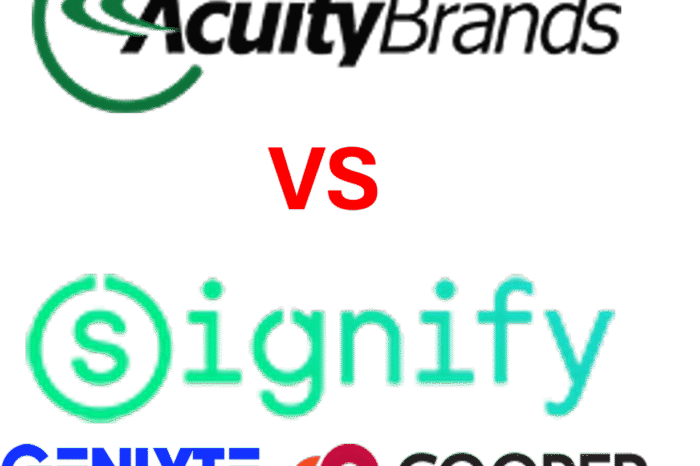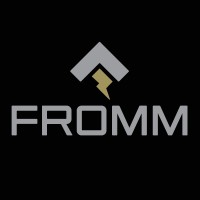Comments and Insights re LED Suppliers
A couple of weeks ago we had a posting that related to Cree’s significant share drop based upon a pre-announcement of “missing” on analyst projections (and not really by a lot to us lay people) and mentioning that the LED market was “declining” (click here for the posting). Since then we’ve talked to some lighting manufacturers, a number of distributors and conducted a brief survey to get a sense of the LED market.
And Cree’s stock tanked more on Wednesday (with some recovery on Thursday).
The qualitative feedback was interesting:
- Distributors see their LED fixture business continue to grow.
- Few distributors are stocking much fixtures, which is to be expected since this is primarily a project-oriented business. LEDs that they do stock are “standard” items. Part of the issue is that this is the project market; part is that the technology changes too quickly and no one wants to get stuck with obsolete inventory.
- Margins are tough due to this being project business and the market, from a manufacturer and distributor perspective, is very competitive. Manufacturers can’t improve margins due to ongoing R&D expense; nominal, if any, manufacturing efficiency (unless they use a contract manufacturer); and the marketplace.
- Manufacturers are now sourcing their LED components from many sources. They know what they need performance-wise and now are focusing more on price. And they are hesitant to purchase from a competitor (which may be why we heard that Samsung is drawing back from the fixture market.)
- As an aside, the LED component business is different than the “old” ballast business (i.e. Advance Transformer). Advance sold to OEMs (fixture manufacturers) and to distributors, however, the OEMs represent the project market (new construction and large projects) and distribution, for the most part, represented the replacement (MRO) market. For LEDs, there is essentially no component replacement market.
- The Cree specific feedback we heard was that the company has some “channel discipline” challenges, has little channel or distributor loyalty, appears to readily change strategies and their aggressiveness in driving down pricing has minimized the opportunity to maximize margin as the “hole in the ceiling” gets cannibalized (limited long-term revenue). The development of new product, while admirable, creates a number of commercial and marketing challenges which may necessitate the company being more focused on selling direct to communicate their product differentiation, maintain / manage margins and gain specifications.
And our brief survey (and feel free to share your thoughts and see updated results) had 36 respondents. Findings included:
- 86% saw demand increasing and 11% saw demand “steady
- LED demand drivers … what drives LED sales?

- Top LED manufacturers (and it should be noted that all “lamp” manufacturers sell fixtures but not all fixture manufacturers sell LED lamps.
We recognize that the number of respondents is limited, hence “preliminary” findings and if you are interested, we can survey the industry (let us know your thoughts).
What do you see regarding the LED market? What are your projections for this product category for 2015? And thoughts re: Cree?
And while we’re talking LEDs, I was speaking with a manufacturer this evening. He referenced the recent Hubbell earnings transcript and an apparent issue within Hubbell Lighting. The question was posed, and this relates to all LED manufacturers, “what type of allowances do LED manufacturers need to consider as it relates to warranty concerns (especially for early generation products) as well as inventory write-offs for obsolete inventory (as they “out innovate” themselves at a quick pace)?” He also rhetorically asked how these companies gain efficiencies / cost-savings when their R&D expenses must remain significant versus the historical model, and other product categories, that have a more “measured” reinvestment process (and hence periodic, or lower level) R&D. Interesting questions to ponder.
























